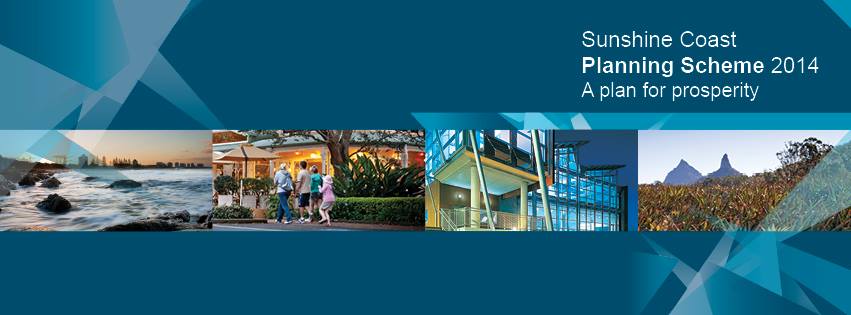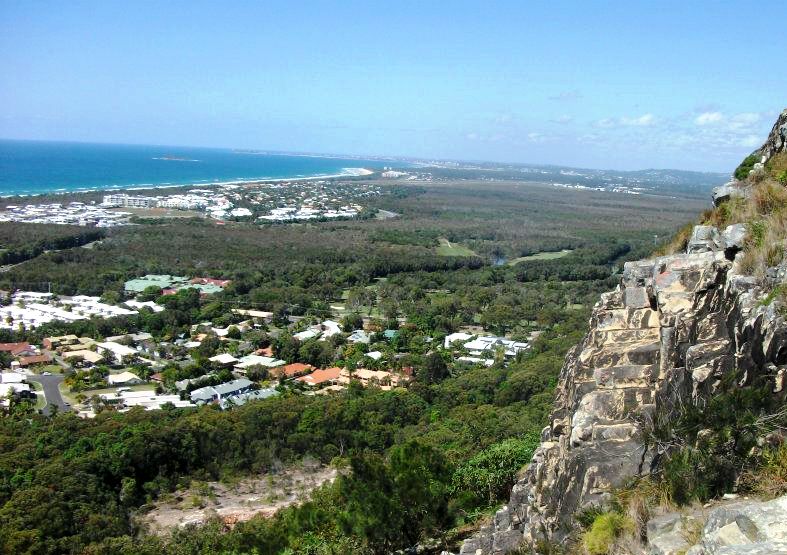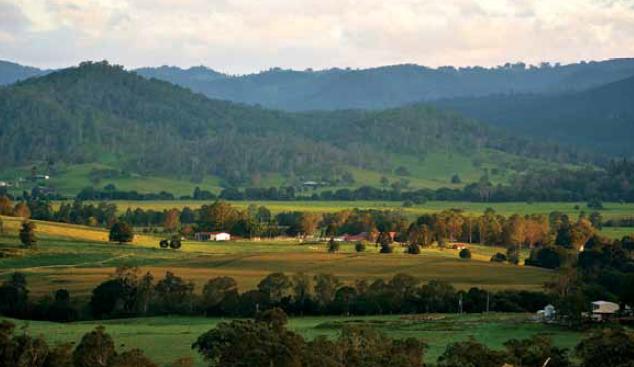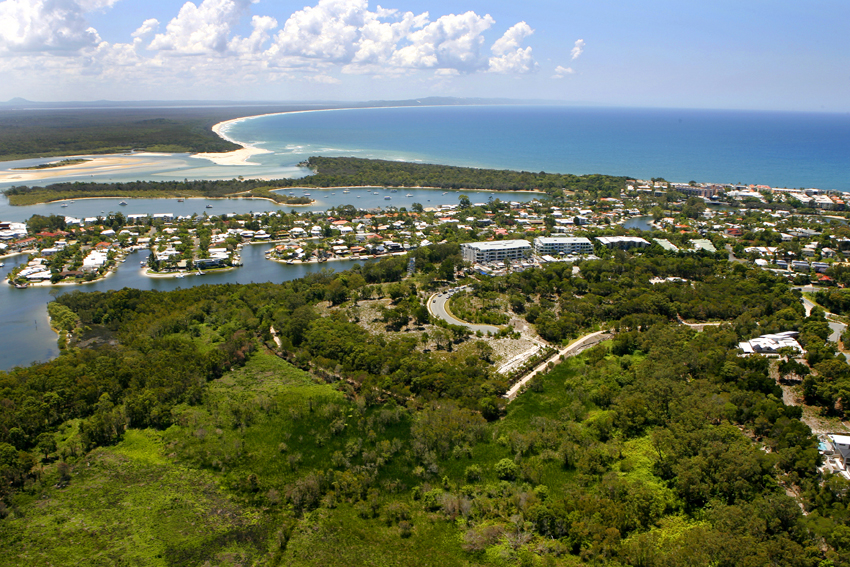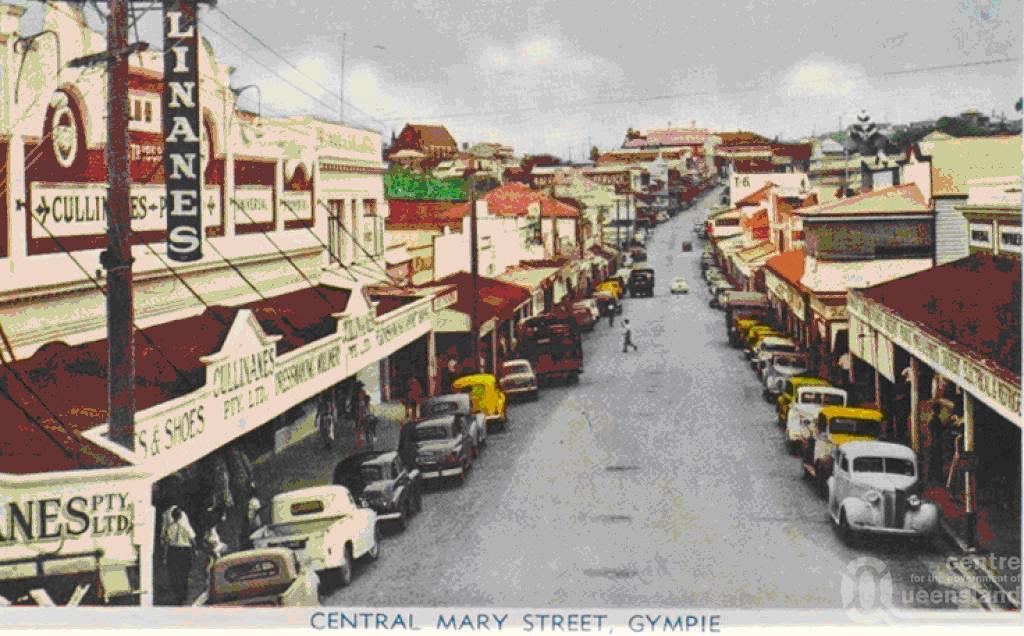State-wide framework to potentially alter local authorities’ infrastructure charges for new developments
New developments increase the demand on local infrastructure such as roads, water and sewerage. Developments can range from homeowners subdividing their block to major developers building a whole new community.
When local authorities approve a development application, the applicant may be required to pay an infrastructure charge to the local authority. Local authorities use this money to upgrade infrastructure and make sure neighbourhoods have the services they need.
Proposed Infrastructure Planning and Charging Framework
The Department of State Development, Infrastructure and Planning has produced an Infrastructure Planning and Charging Framework that is intended to be fair, clear and simple, striking a balance between local authority sustainability and development feasibility.
The draft framework incorporates four key elements:
A Fair Value Schedule of charges that encourages local authorities to apply fair infrastructure charges.
- A Priority Development Infrastructure program that will see the state co-invest in development and economic growth in local communities.
- An investigation into sensible infrastructure standards set by the state.
- Transparent and consistent legislative changes.
The draft framework was presented to industry representatives and then presented to State Parliament in May.
Should you want to discuss what the change to infrastructure charges may bring for a development in a particular area, please do not hesitate to contact Martoo Consulting to have a planner assist with your development enquiry.

